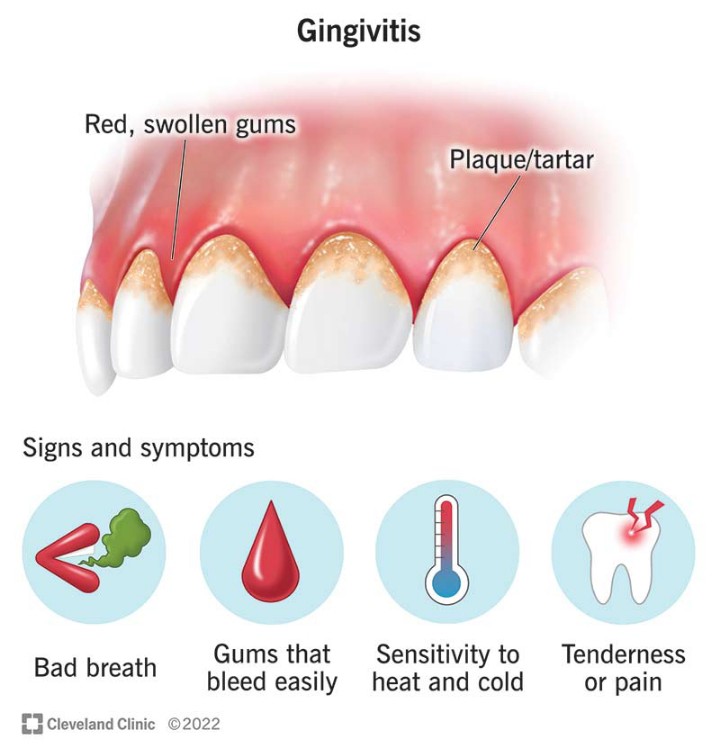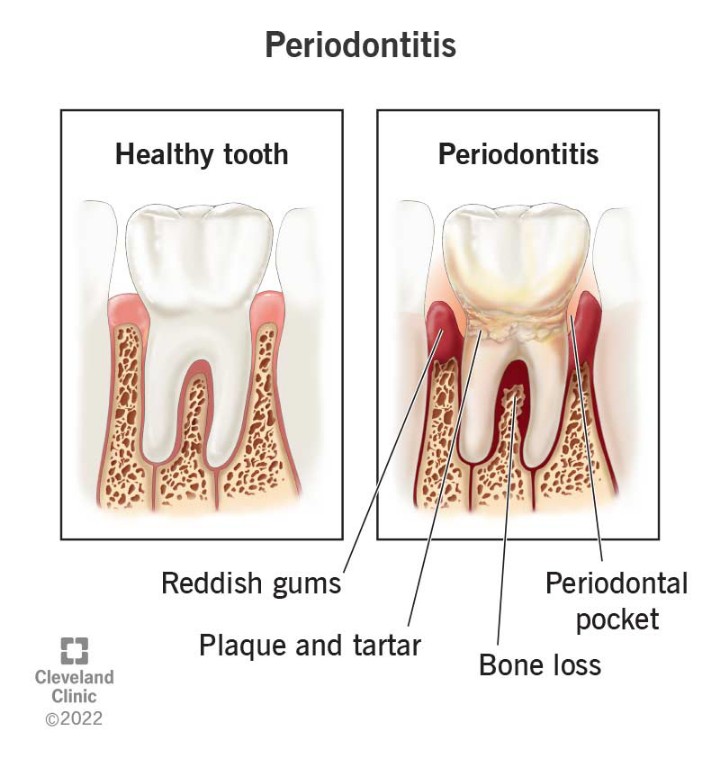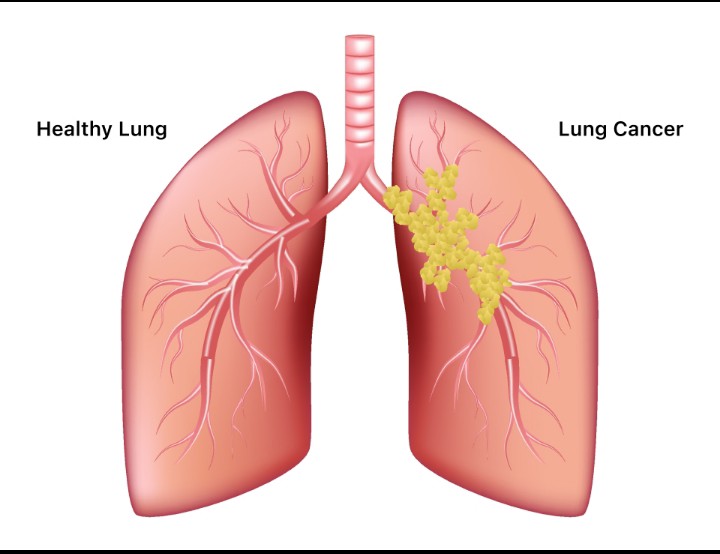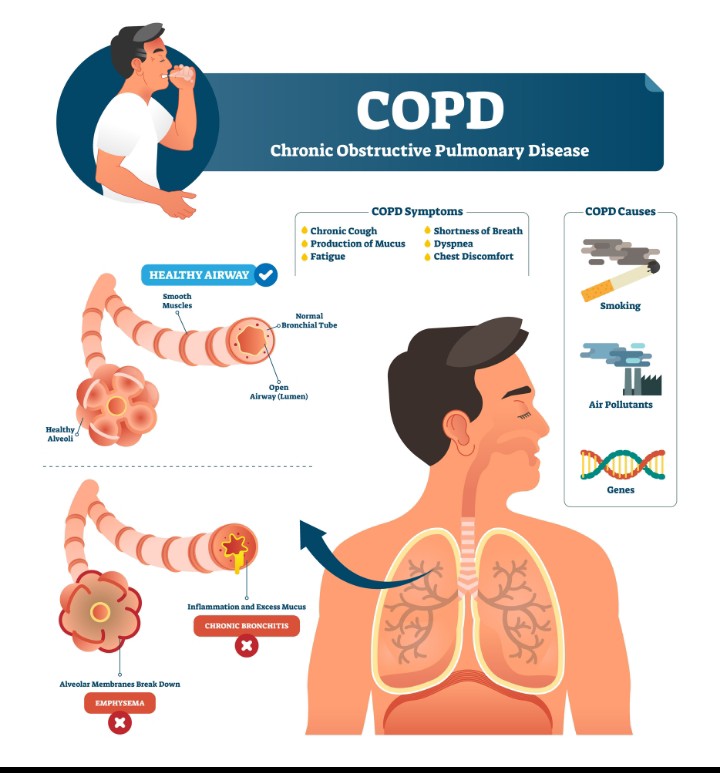Smoking is widely recognized as a risk factor for a variety of health issues, including lung cancer, heart disease, and chronic obstructive pulmonary disease (COPD). Many people are unaware that smoking has a negative impact on oral health, particularly bad breath. In this article, we will look at the relationship between smoking and bad breath and debate whether the risks of smoking outweigh the benefits.
The Effects of Smoking on Dental Health
Smoking has been shown to have a range of adverse effects on oral health, including:
- Bad Breath: Smoking can cause bad breath because of the chemicals found in cigarette smoke. These chemicals can harm the mouth’s mucous membranes, resulting in decreased saliva production and increased bacterial growth. This can leave a strong, unpleasant odor.
- Gingivitis: Smoking raises the risk of gingivitis, a mild form of gum disease. This is because smoking reduces blood flow to the gums, making them more prone to infection.
 https://my.clevelandclinic.org/health/diseases/10950-gingivitis-and-periodontal-disease-gum-disease
https://my.clevelandclinic.org/health/diseases/10950-gingivitis-and-periodontal-disease-gum-disease - Periodontitis: Smoking can also raise the risk of periodontitis, a more serious type of gum disease. This is because smoking can harm the connective tissue between the teeth and gums,
 https://my.clevelandclinic.org/health/diseases/16620-periodontitis
https://my.clevelandclinic.org/health/diseases/16620-periodontitis - Tooth Loss: Smoking increases the risk of tooth loss because it damages the teeth and gums. This can cause a variety of problems, including difficulty eating and speaking, as well as a decrease in self-esteem.
The Relationship between Smoking and Poor Breath
The link between smoking and bad breath has been well established. Cigarette smoke contains chemicals that can damage the mucous membranes in the mouth and reduce saliva production, resulting in bad breath. This can cause an increase in bacteria growth, resulting in a pungent, unpleasant odor.
The Risks Associated with Smoking
Smoking is a significant risk factor for a range of health problems, including:
- Lung Cancer: Smoking is the leading cause of lung cancer, accounting for approximately 80-90% of all lung cancer deaths.

https://www.drugwatch.com/health/cancer/lung-cancer/ - Heart Disease: Smoking can increase the risk of heart disease, including heart attacks, strokes, and peripheral artery disease.
- Chronic Obstructive Pulmonary Disease (COPD): Smoking can increase the risk of COPD, a progressive lung disease that makes it difficult to breathe.

https://respiratorymedical.co.uk/copd/ - Other Health Problems: Smoking can also increase the risk of other health problems, including cataracts, glaucoma, and age-related macular degeneration.
The Benefits of Quitting Smoking
Quitting smoking can have a range of benefits, including:
- Improved Oral Health: Quitting smoking can improve oral health by reducing the risk of gum disease, tooth loss, and bad breath.
- Reduced Risk of Lung Cancer: Quitting smoking can reduce the risk of lung cancer by up to 50%.
- Reduced Risk of Heart Disease: Quitting smoking can reduce the risk of heart disease by up to 50%.
- Improved Overall Health: Quitting smoking can improve overall health by reducing the risk of other health problems, including COPD, cataracts, and age-related macular degeneration.
Conclusion
Smoking is a significant risk factor for a range of health problems, including bad breath, gum disease, tooth loss, lung cancer, heart disease, and COPD. Quitting smoking can have a range of benefits, including improved oral health, reduced risk of lung cancer, reduced risk of heart disease, and improved overall health. If you are a smoker, it is important to consider the risks associated with smoking and the benefits of quitting. With the right support and resources, quitting smoking can be a manageable and rewarding process. On the long run, you’ll realize that smoking doesn’t really worth the risk.



This post was packed with useful advice. Thanks for always delivering!